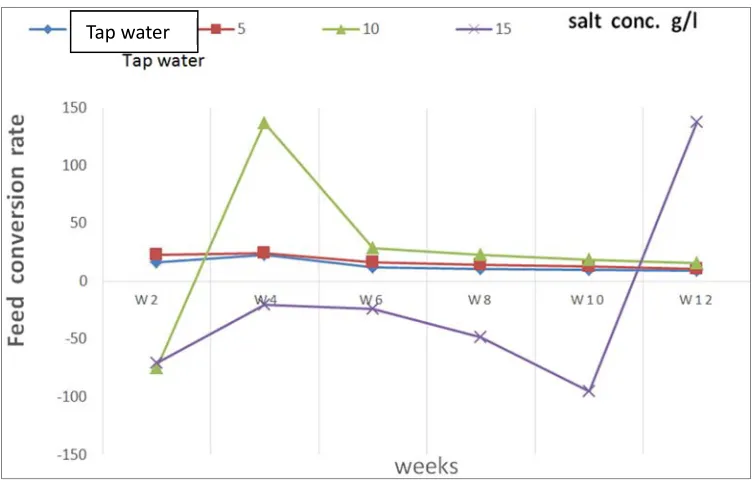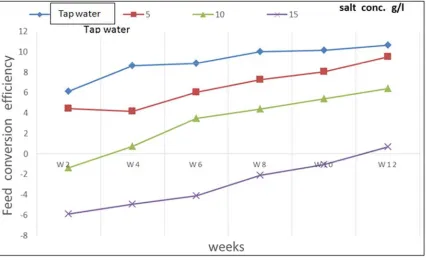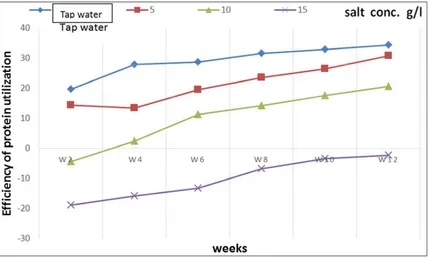Effect of Salinity on Feed Conversion Rate, Feed Conversion Efficiency, Protein Intake and Efficiency of Protein Utilization Ratio in Common Carp Cyprinus Carpio
Full text
Figure



Related documents
If occupational diseases are not compensable under those statutes, they shall be covered under the employer’s liability section of the insurance policy, except when
average body weight, average weekly body weight gain, feed intake, feed conversion ratio (FCR), protein efficiency ratio (PER), and energy efficiency ratio (EER) was numerically
Abstract An experiment was designed and carried out to assess the growth performance and feed utilization (weight gain, feed conversion ratio, protein efficiency
The growth performance values in terms of weight gain (g), specific growth rate, feed conversion ratio, protein efficiency, and mortality rate (%) of Clarias
Live weights (LW), total weight gain (TWG), feed conversion ratio (FCR), total feed intake (TFI) total consumed energy (TCE), production index, protein efficiency (PE) and
Abstract: The study envisaged to know the effect of probiotics on common carp (Cyprinus carpio) with respect to growth performance, feed utilization (feed conversion ratio
soft tissue tumors are more common than the rare skeletal muscle metastases; therefore, the possibility of these metastases is often ignored in the initial diagnosis of a soft
A total number of 1600 cultured freshwater fish species; Oreochromis niloticus (O. garepinus), Ceprinus carpio (common carp) and Mugil cephalus, 100 of each fish species